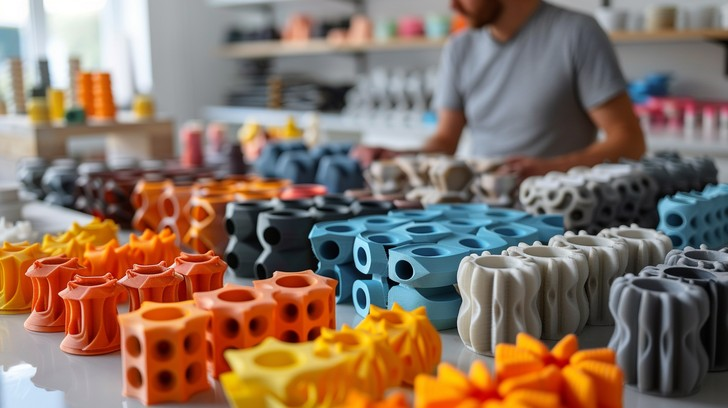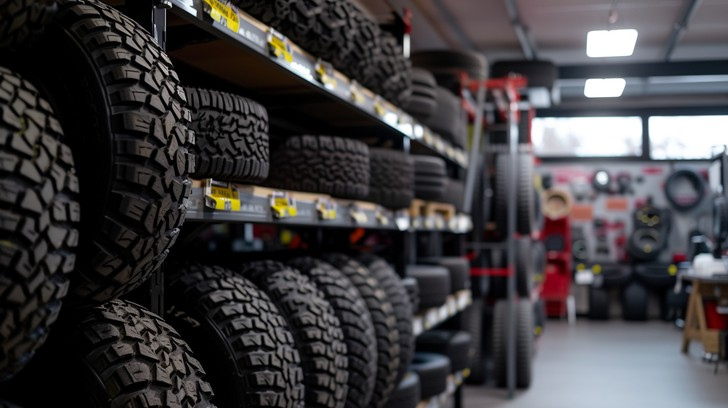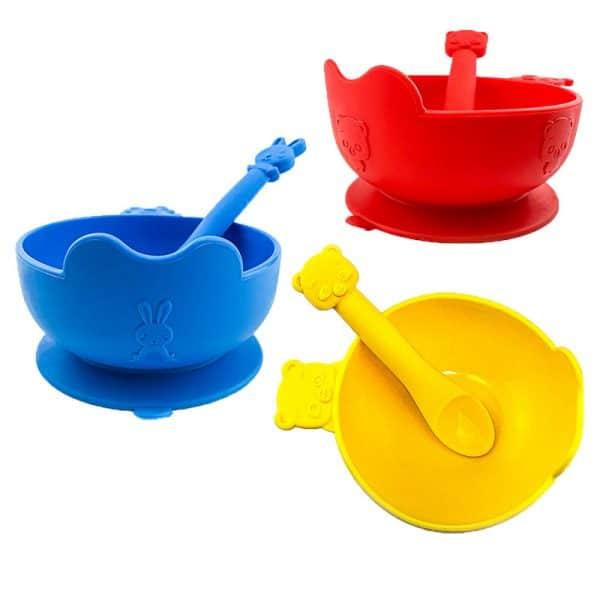Table of Contents

LSR is important for many industries today due to its flexibility, toughness, and heat, and cold resistance, among other qualities. LSR is used extensively in the automotive, healthcare, and electronics industries. It is used for manufacturing products such as medical devices, seals, and gaskets. In Sri Lanka, the LSR market has been improving gradually owing to the expansion in industrialization and the need for better-quality products.
This article covers the trends of liquid silicone rubber in Sri Lanka by assessing the previous price values, the current market state, and the probability of price changes in the future.
Overview of the LSR Market in Sri Lanka
Sri Lanka’s LSR market is on an upward trajectory, primarily due to the increasing demand from the automotive, healthcare, and consumer products industries. The geographical location of the country, low costs of manufacturing, as well as growing investment from foreign entities in the market, are some of the reasons behind this expansion. With the market getting bigger, local manufacturers are trying to increase how much LSR they can make. The rest is imported so that domestic needs are fulfilled.
During 2023, LSR demand increased in Sri Lanka as this material is extensively applied in industrial environments such as electronic or automotive manufacturing. Among other materials, silicone rubber is particularly valued for its sturdiness and, therefore ideally suited to harsh conditions. Despite the attempts to increase the local production capacity of LSR, there hasn’t been enough progress to meet domestic demands. Most of the LSR used in the country is sourced from other countries, such as China, India, and Malaysia.
Historical Price Trends
One of the major factors affecting the price of LSR in Sri Lanka over the past decade includes the price of crude oil, which plays a critical role in manufacturing liquid silicone rubber. Problems with the fluctuating prices of crude oil have impacted the cost of silicone rubber across the world, including Sri Lanka.

For instance, when the prices of oil increase, the costs of manufacturing silicone also increase, which leads to an increase in LSR prices. On the other hand, when the oil price drops, the LSR price drops in the same proportion.
Another element is the exchange rate, which has a significant role. The Sri Lankan rupee has been volatile in the last couple of years, particularly during the 2022-2023 economic downturn. A weaker rupee results in higher domestic prices, and therefore, it leads to more expensive imports such as raw materials for LSR.
However, while the price level increases when the rupee weakens, the cost of importing LSR decreases when the rupee strengthens, hence causing a drop in price for local manufacturers.
Recent Price Developments
Looking at the LSR prices in Sri Lanka during 2023, they followed the mixed trend. The global silicone rubber prices, however, went up in the past due to disruption in supply chains and an increase in the cost of production.
Sri Lanka’s silicone rubber prices did not change much because of timely imports from lower-cost countries such as India. By the end of 2023, the prices of LSR had started rising in places such as China and North America due to the increased demand. Across Asia, LSR prices rose to 6- 10% in the fourth quarter of 2023.
Even with major challenges such as a high inflation rate and supply chain disruption provoked by geopolitical events such as the Russia-Ukraine war, the silicone market in Sri Lanka is still growing steadily. This was mainly due to the sustained demand across the numerous industrial segments. The overall effects of these interruptions have been minor in changing the LSR market situation in Sri Lanka with the prices of the product still comparative to other nations.
Factors Affecting LSR Prices in Sri Lanka
- Energy Costs and Availability: The cost of energy can seriously impact how much LSR products cost. Especially since producing this product takes a lot of energy. In addition, Sri Lanka has experienced a severe electricity shortage in recent years, which has forced manufacturers to bear high production costs. These, along with increasing international energy prices, explain why the production of LSRs is expensive in Sri Lanka. These costs are then passed on to buyers.
- Raw Material Costs: Prices for silicone feedstock, crude oil, and natural gas, which are important production elements, have increased globally. An increase in the cost of these raw materials results in an increase in the price of LSR since the manufacturers recoup the greater cost from the customers.
- Import Duties and Taxes: Other overhead costs include import duties and taxes charged by the Sri Lankan government on silicone rubber. All these regulations vary with the government policy on price-making. Depending on the political and economic climate, the cost of these taxes changes to either ease or worsen the pressure. Hopefully, future policies will help to reduce the cost of liquid silicone rubber in the country.
- Supply Chain Disruptions: Many global and political problems have interfered with the supply chain recently. They include the COVID-19 pandemic and the war between Russia and Ukraine, among others. These disruptions result in shortages and hence make the production and transportation costs higher, a factor that impacts the final price. As an import-dependent country, Sri Lanka has been affected by these global supply problems, but not as severely as other markets.

Price Outlook for the Future
Looking at the current conditions, several trends might influence LSR prices in Sri Lanka in the future. Most importantly, since the world economy is gradually coming out of the most recent crises, the demand for LSR should grow. Major industries that are growing in Sri Lanka, like the automotive and healthcare sectors, can be expected to lead to more purchases of LSR products.
Advances in technology for LSR production could eventually work to reduce costs and improve product performance. This could further reduce prices for consumers. However, LSR costs can increase further due to increasing feedstock prices in the global market, geopolitical risks, and disruption of supply chains. Overall, according to market predictions, the liquid silicone rubber market is expected to experience a positive trend.
Insilicone: The Best Supplier for LSR Products

Are you struggling to find the right LSR products around you? Maybe it’s time to turn to a trusted supplier. The Insilicone team has been manufacturing the highest-quality liquid silicone rubber products since 2010. They have the experience and the expertise to deliver the exact products you need. They offer a wide variety of products, from safe and easy-to-use baby care items to robust and effective kitchenware. You will always find the best tool for your daily needs. These products are available in different styles and colors, so you can pick the one that suits your personal preference. With great customer reviews, you can always depend on Insilicone to deliver products of the highest standard.
Conclusion
LSR has successfully established itself as an important material in several industries in Sri Lanka. Therefore, the price of LSR products depends on global crude oil prices, exchange rate fluctuations, and supply chain issues. You can expect that with the growth of industrialization, demand is expected to rise over the decade, though the short-term volatility of prices may be seen with regularity. Thus, it would be in the best interest of businesses to analyze these trends and take the right steps to keep costs down.